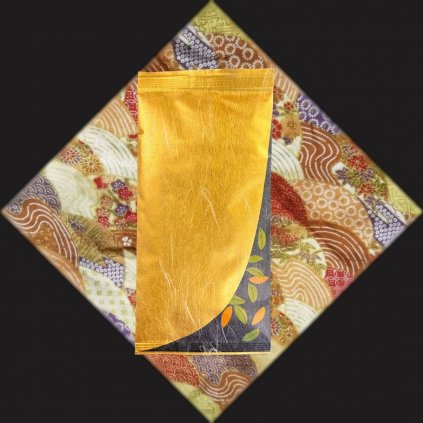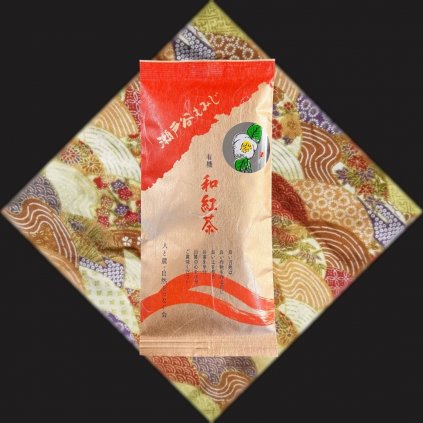Koucha
The beginning of the Meiji era brought a huge development in tea cultivation. The government was aware that green tea was not an ideal product for Western countries and planned to start producing black tea, which was more popular in Western markets and could withstand transportation better.
The first attempt in 1874, when the Japanese obtained the process of producing black tea from Chinese artisans working for Western traders in Yokohama and Kobe, was not successful and the resulting tea failed to convince foreign traders.
#ShowMore#
In 1875, the government sent Tada Motokichi, a former shogunate nobleman and now a merchant, on an expedition to discover the secrets of producing quality black tea in China and India. In China, he visited the most important places, familiarised himself with the technology and bought a lot of seeds. After a long journey full of hardships, he was the first Japanese to visit Assam and Darjeeling, where he learned about the modern processes, machinery and organisation of European-style tea cultivation. And perhaps most importantly Tada Mitochiko brought back the seeds of the Indian tea plant.
The seeds took hold and as a result, in 1908, the first black cultivar, 'Koku-cha No. C8', later named 'Benihomare' - a 'foreigner' born on Japanese soil - was bred. The ancestor of most 'beni' cultivars.
However, success was not forthcoming - mainly because farmers could not afford the expensive machinery that was an essential component and so dramatic success still did not come. Black tea exports increased virtually only when there was no production in Ceylon and India.
Even after World War II, the government continued to promote black tea - Japan was experiencing significant economic growth at the time and with it came domestic demand for the black tea that Europeans drank. To encourage domestic production of black tea, the government introduced a system that was unique to say the least:
"A company that wants to import black tea from abroad must buy the same amount of black tea grown in Japan."
The sad thing was that the imported was not only of better quality but also cheaper.
This peculiar regulation remained in place until 1971, when the liberalisation of international trade brought an end to it.
To give you an idea: in 1969, 2 000 tonnes of Japanese black tea were sold, and in 1975 it was just three tonnes.
And so, after almost 100 years of trying, without any major success, it looked like the end of the inglorious history of black tea in Japan.
However, while the 1960s and 1970s were the golden age of green tea (especially sencha), by the 1980s consumption and demand began to decline beyond belief.
Coffee, cola, Darjeeling, ice tea... etc..
At the end of the 90's the idea of Japanese black tea reappeared.. and this time at the right time! From almost 0 in 1990 it's 250 tons in 2015.
While 250 tons is a far cry from the 2000 tons before 1971, it must be understood that today's growers are small farmers who focus on quality instead of quantity and take black tea cultivation seriously. To find quality black tea in Japan ten years ago was almost a miracle and today one can come across some real gems.

Precisely processed Japanese black tea from the natural garden in Shimizu.

Japonský černý čaj z přirozené zahrady rodiny Kinezuka. Nasládlá až ovocitá chuť.

